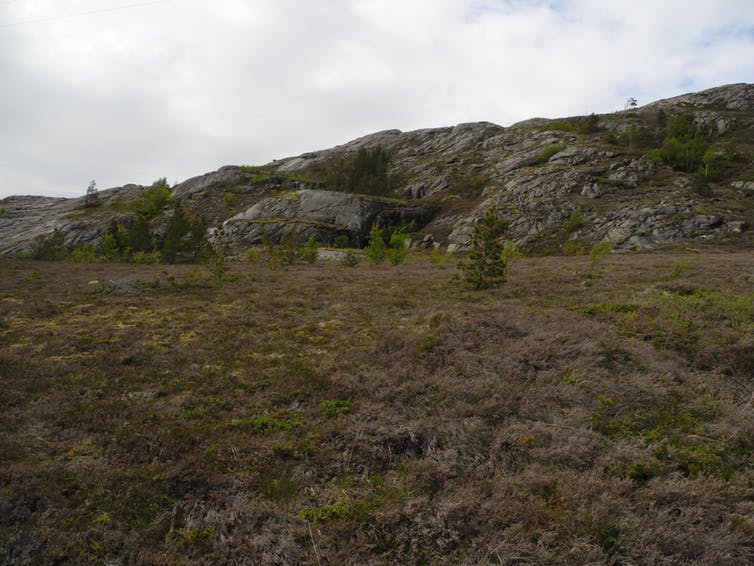SOURCE: The Conversation
DATE: November 26, 2018
SNIP: Over the last few years Arctic scientists have reported a surprising finding: large areas of the Arctic are turning brown. This is in part due to extreme events linked to winter weather, such as sudden, short-lived periods of extreme warmth. These events are occurring as the climate warms, which is happening twice as fast in the Arctic compared with the rest of the planet. Extreme events are therefore happening more and more often, with increasingly severe effects – including widespread damage and death in Arctic plants.
This “browning” of plant communities has happened over thousands of square kilometres or more. However, until recently we knew very little about what this might mean for the balance between carbon uptake and release in Arctic ecosystems. Given that the Arctic stores twice as much carbon as the atmosphere, this is a pressing concern.
Now, our study has shown that extreme climatic events can significantly reduce the ability of Arctic ecosystems to take up carbon –- with implications for whether the Arctic will help combat climate change, or accelerate it.
Here we found the effects of two extreme winter weather events. First, “frost drought” had caused extensive plant dieback. Frost drought occurs when the insulating layer of snow which usually protects plants from the harsh Arctic winter is melted, typically by unusually high winter temperatures. If plants remain exposed to cold, windy conditions for long enough, they continually lose water and are unable to replace it from the frozen soil. Eventually, they succumb to drought.
The second event was “extreme winter warming” – a sudden burst of high temperatures during winter which melts the snow and tricks evergreen plants into preparing for spring by shedding their cold tolerance. When the warm period is over, the return of cold temperatures usually kills the plant. In this case, however, we found something unexpected. Heathland plants had survived this extreme winter warming event, but were showing evidence of severe stress, visible as a deep, persistent dark red colour in shoots and leaves.
We found that these extreme winter conditions reduced how much carbon was absorbed in heathland ecosystems by up to 50% across the entire growing season. This is a huge reduction in the ability of a widespread Arctic ecosystem to remove carbon from the atmosphere.

